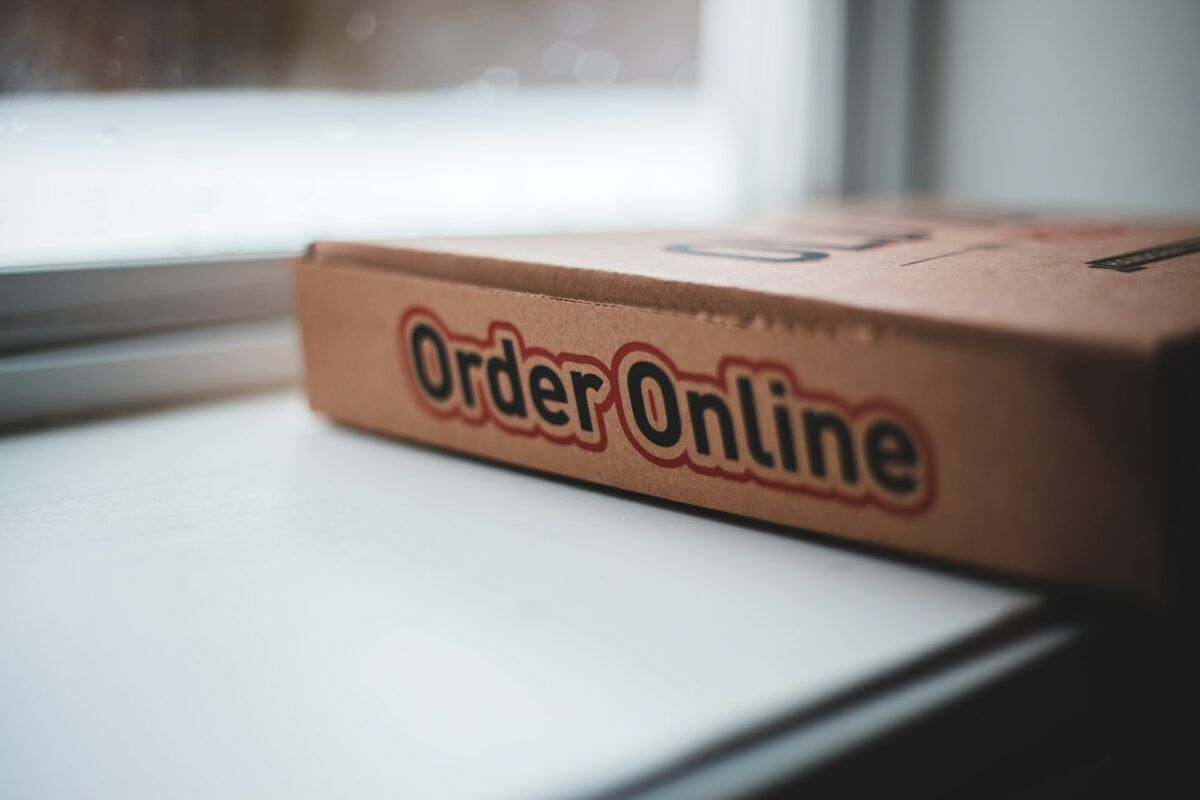There’s light at the end of the tunnel; sure. We will overcome the coronavirus pandemic, but when?
For restaurants, it has been months on end of not being able to get back to “business as usual”. Many establishments have closed their doors for good; the rest rely on takeout and delivery.
For customers, things have not been easy either, but one thing is sure, we are all getting used to ordering our food online or through mobile apps. Is this a good thing? Time will tell, but there is a downside.
There’s Simply No Other Way.
Your Inbox, Your Rules!
Tailor your newsletter with the topics you're most interested in.
Right now, for restaurants, there’s just no other way of staying in business. Delivery apps might have started as an added benefit for restaurants; as a way of offering more value to customers, but today, it’s a necessity.
Anil Bathwal, a New York City restaurateur, told a National Public Radio reporter, “That’s the only game right now. There’s no other way for people to get business because of the lockdown.”
Still, delivery apps seem to be taking advantage of their top-dog position charging delivery fees to already high service payments hurting both customers and restaurateurs alike.
The Government Is Taking Action
Some local governments have taken matters into their own hands and are setting delivery fee cap limits to protect the struggling hospitality industry.
To the matter, the Grubhub spokesman John Collins said to NPR, “Any arbitrary cap — regardless of the duration — will lower order volume to locally-owned restaurants, increase costs for small business owners, and raise costs on customers.” But restaurateurs are not buying it.
According to the National Restaurant Association, “the pandemic has caused 4 in 10 eateries to close, and some will never be able to open again.” Those still rowing against the tide is being held hostages by third-party delivery companies.
Do Consumers Even Care?
They do. A powerful bond between customers and neighborhood eateries, mom and pop’s diners, and even large chains has strengthened, but also between the people and their delivery apps.
According to US Foods, “the average person before the global pandemic had two food delivery apps and used them three times per month.” Now it’s over three times per week.
But delivery apps are not bringing customers and restaurants together, quite the opposite. As reported in Customer Think, “Most delivery apps do not pass the customers feedback onto the restaurant… Delivery apps closely guard their user data because they know the value of it.”
Restaurants never know who they’re serving food to, or whether or not they liked it, and perhaps governments can cap delivery commissions, but they can’t do anything against these practices.
Why Can’t We All Get Along?
We’re all in the same boat against the COVID virus. Delivery apps are here to stay, but they depend on the well-being of both restaurants and customers.
The consumers won’t stop ordering food online even after the crisis is over, and restaurateurs will always be happy to reach new customers through the apps.
The health crisis developed too fast and gave no time for anyone to prepare. Things will fall into place; we all just have to adapt to a new and unfamiliar food environment.



